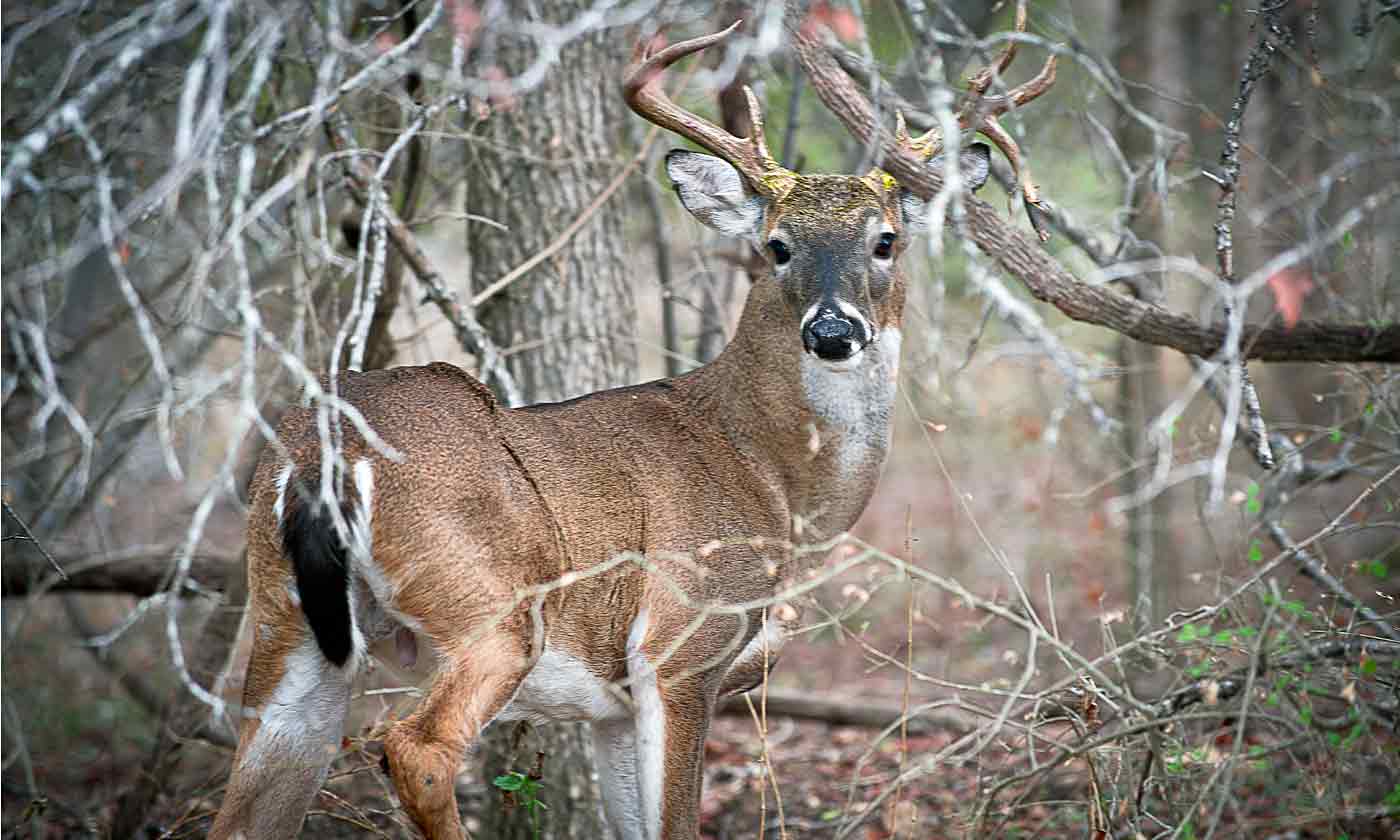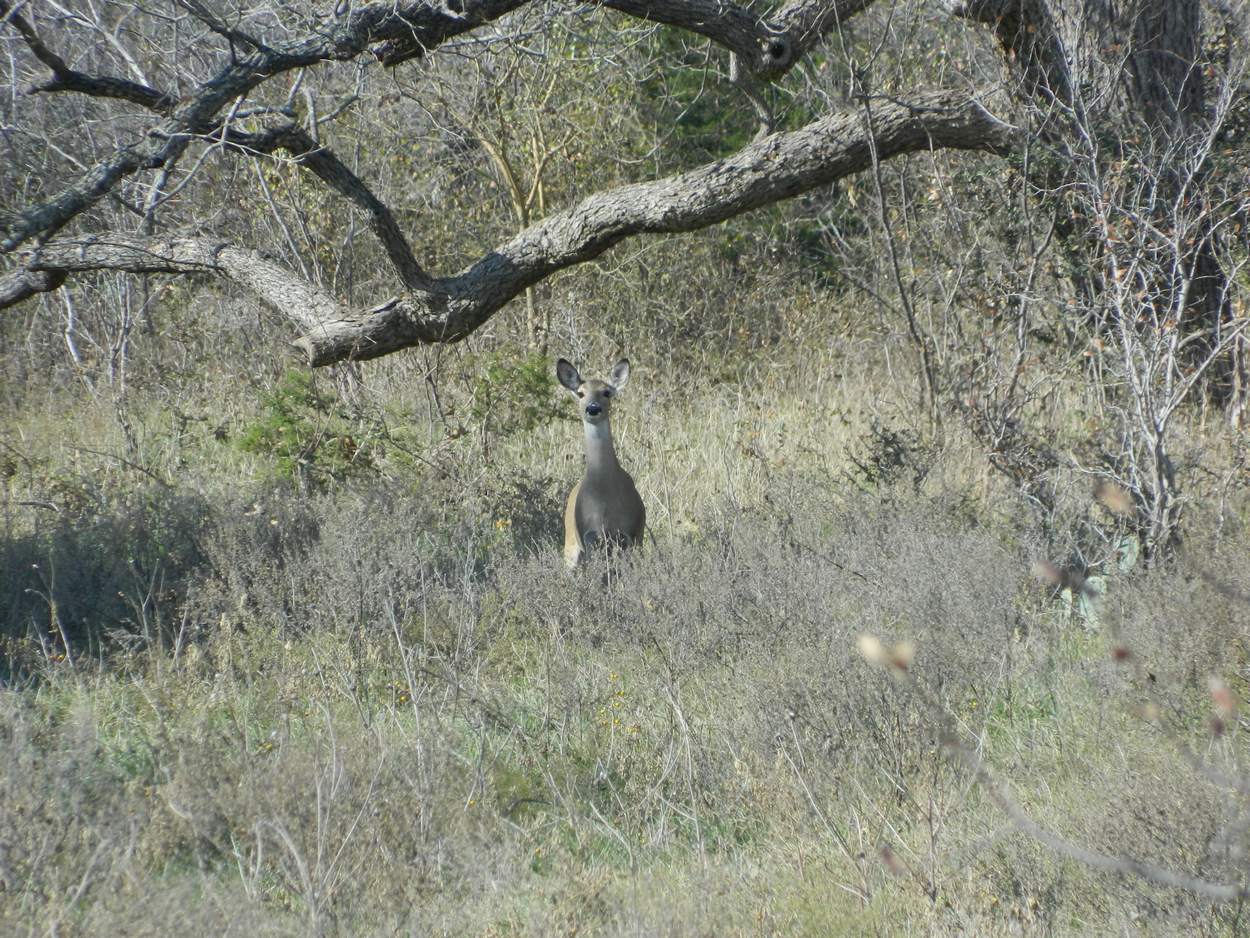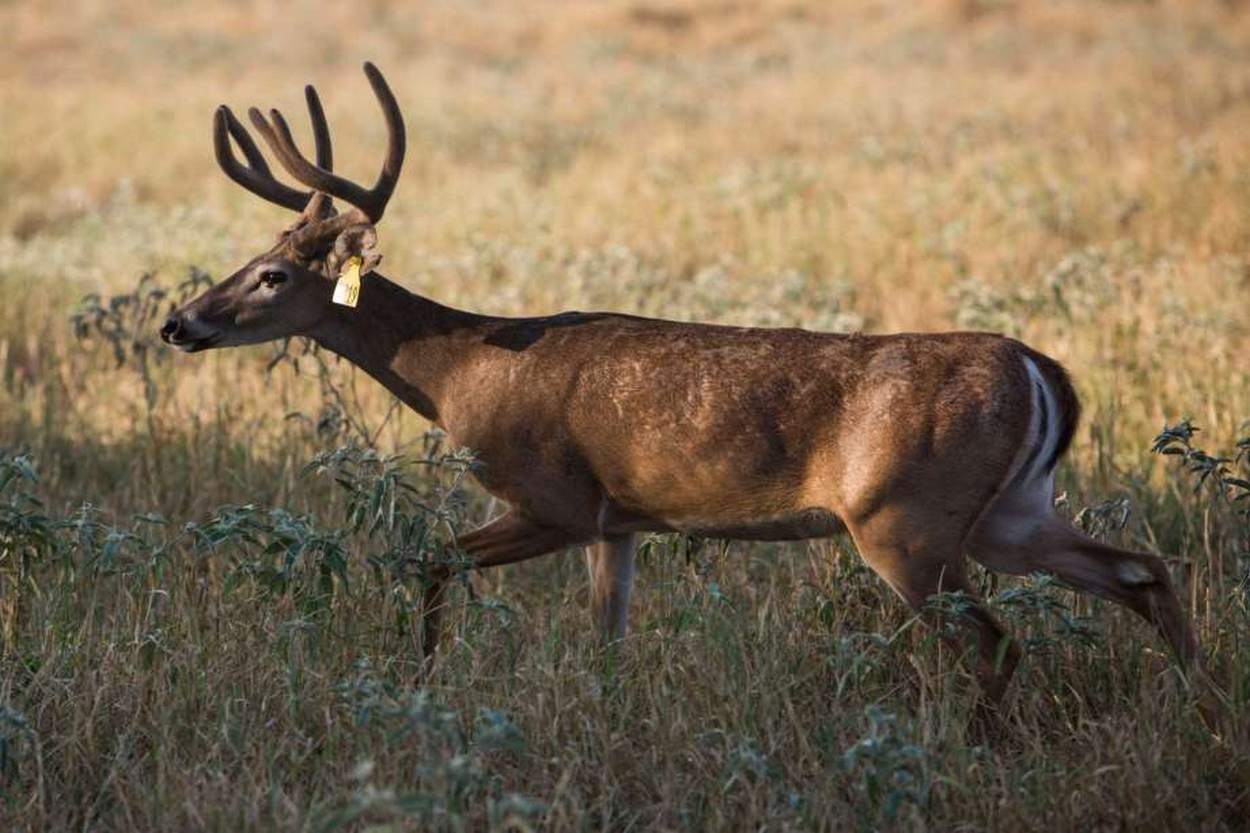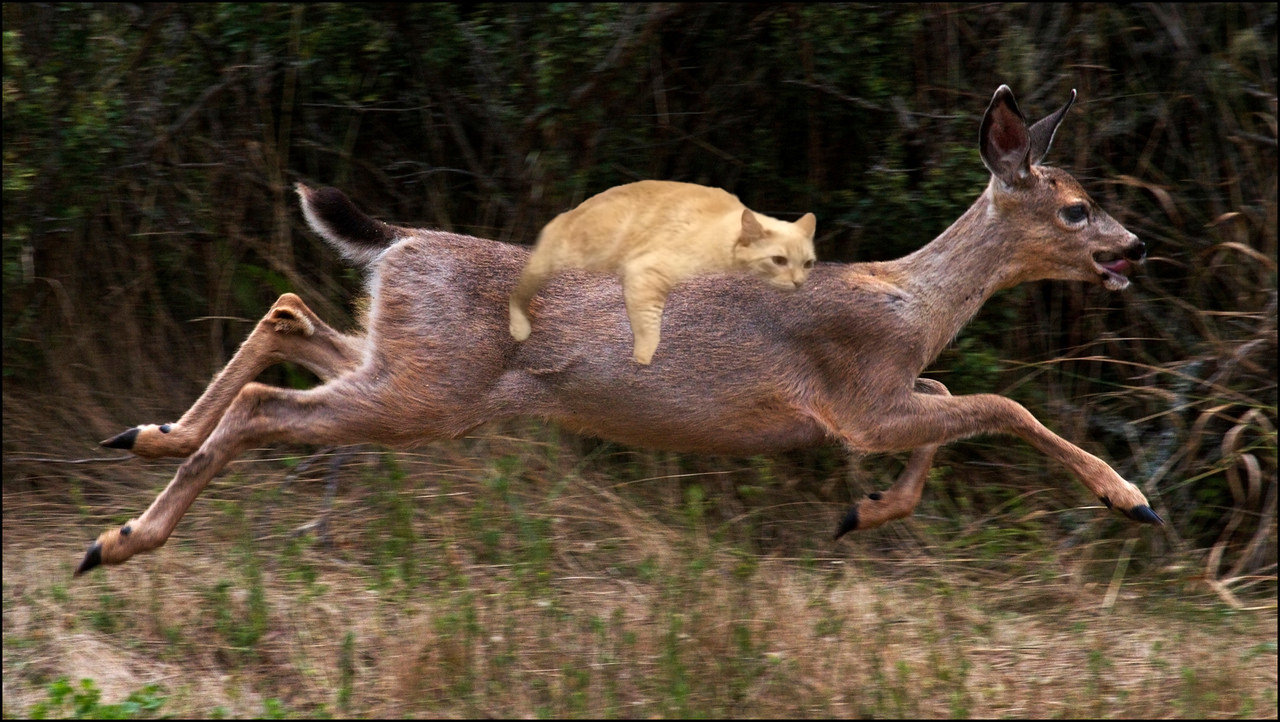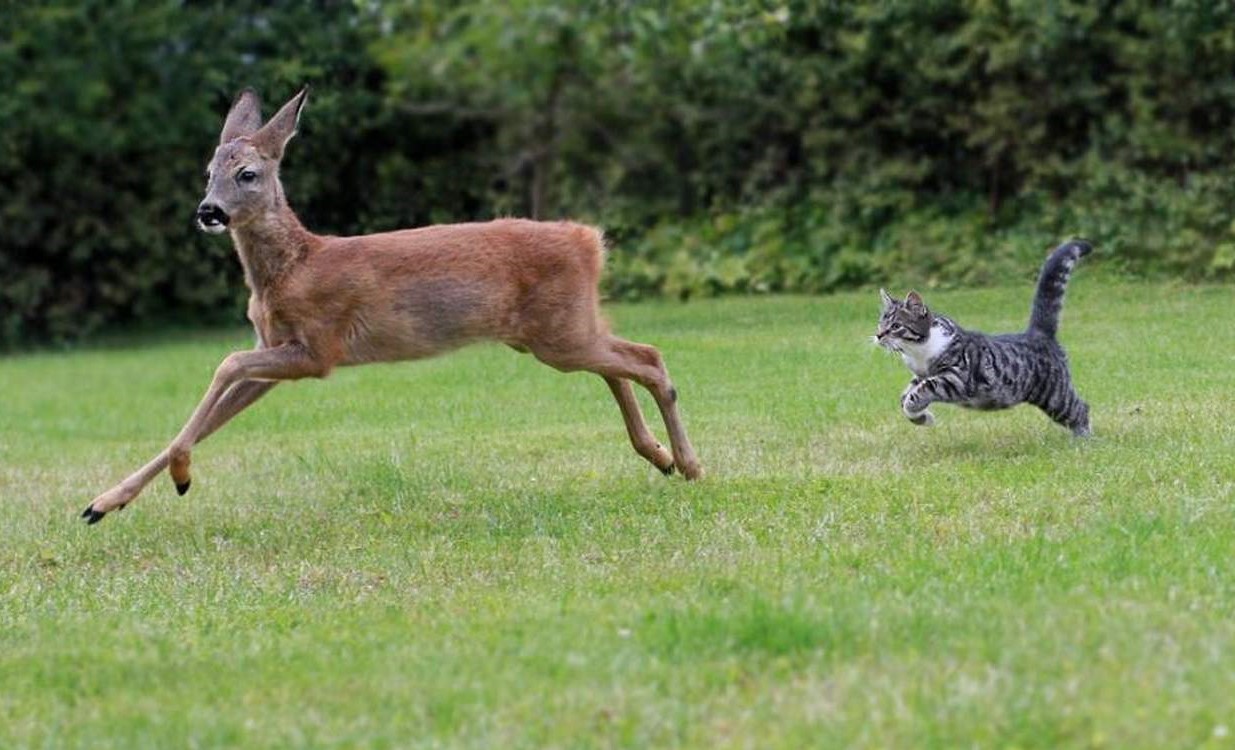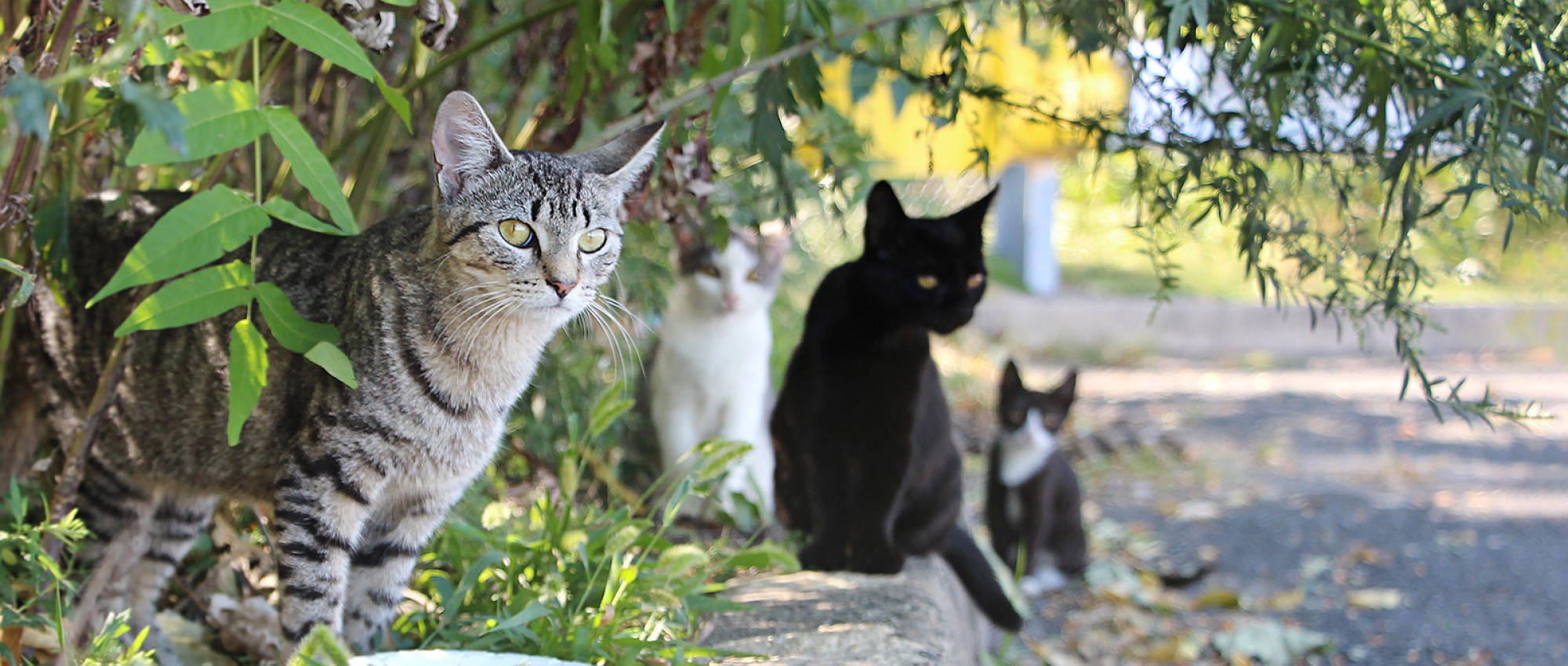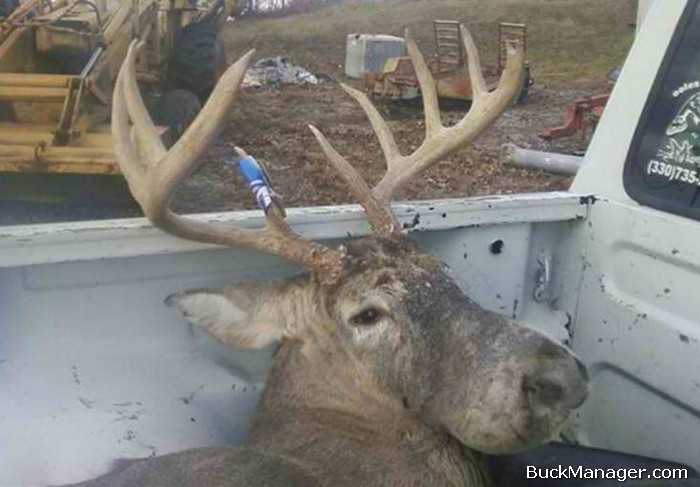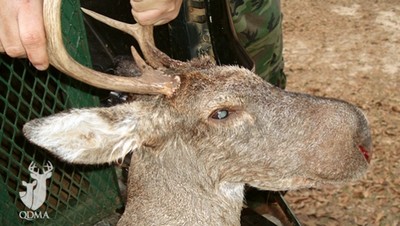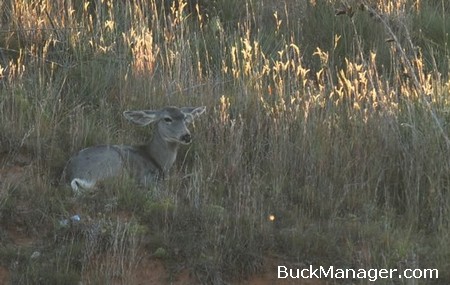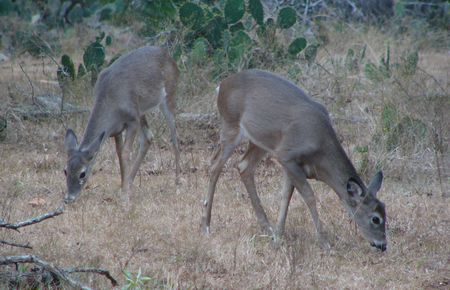How to Get Deer Tested for CWD
Wondering how to get deer tested for CWD after the shot? Texas Parks and Wildlife Department (TPWD) will test your harvested deer for chronic wasting disease (CWD) during the upcoming deer hunting seasons. They start on October 3 for archery hunters and properties participating in TPWD’s Managed Lands Deer Permit (MLDP) Program.
CWD was recently found in two captive deer breeding facilities, one in Medina County and the other in Lavaca County. As a result, TPWD will increase efforts to strategically sample hunter harvested deer during the 2015-16 hunting season.
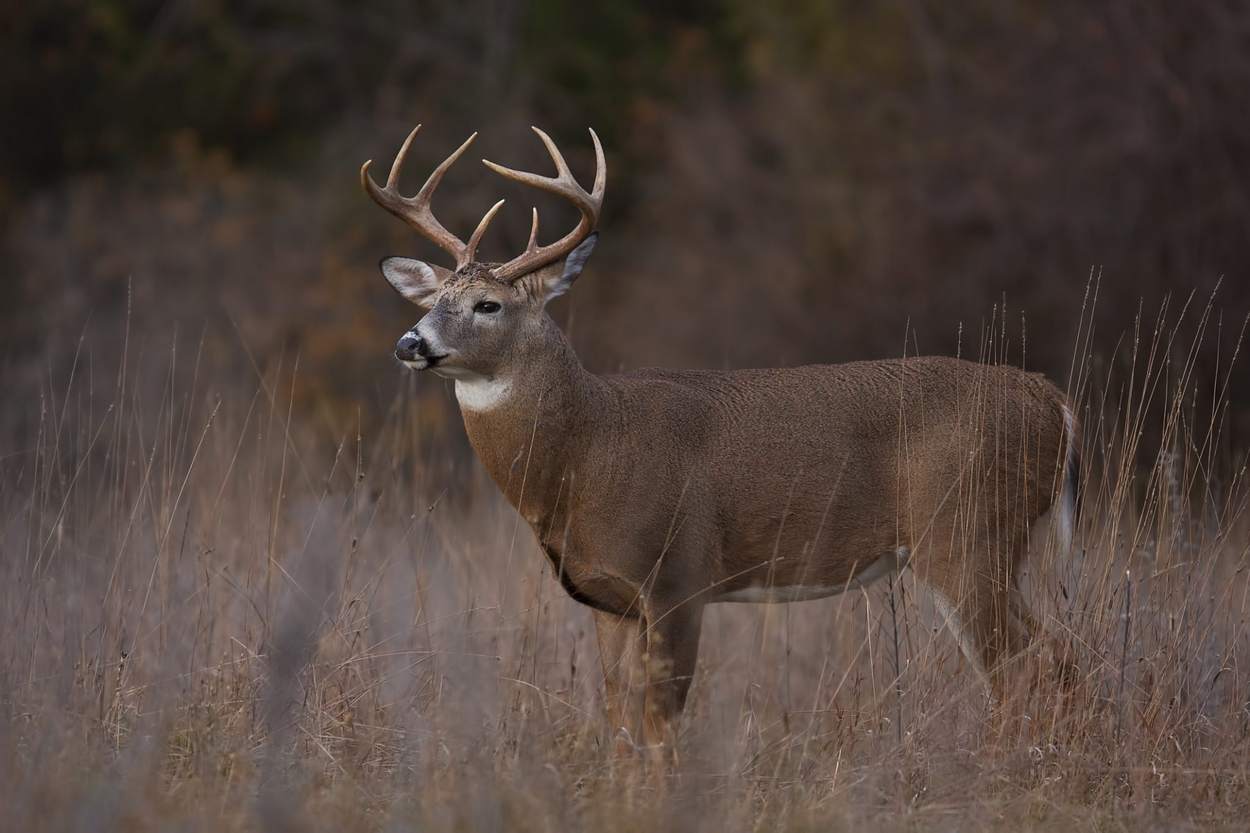
Testing Deer for CWD
Whitetail and mule deer hunters are encouraged to assist with this statewide monitoring effort by voluntarily submitting CWD samples for testing this fall. TPWD biologists will collect and submit samples to the Texas A&M Veterinary Diagnostic Lab at no cost to the hunter. Tissue samples from the heads of harvested deer must be collected within 24 hours of harvest, up to 48 hours if kept chilled. It is very important that the deer head not be frozen.
Since 2003, TPWD biologists have been monitoring the state’s free-ranging deer population for CWD. Using statistical sampling tables commonly used by animal disease experts, biologists set a sampling goal that would detect the disease with 95 percent confidence if at least one out of every 100 deer was infected.
Thus far, biologists have collected nearly 30,000 samples from hunter-harvested deer across Texas’ eight ecological regions, in most cases surpassing 95 percent confidence standards. To date, CWD has not been found in Texas free-ranging white-tailed deer.
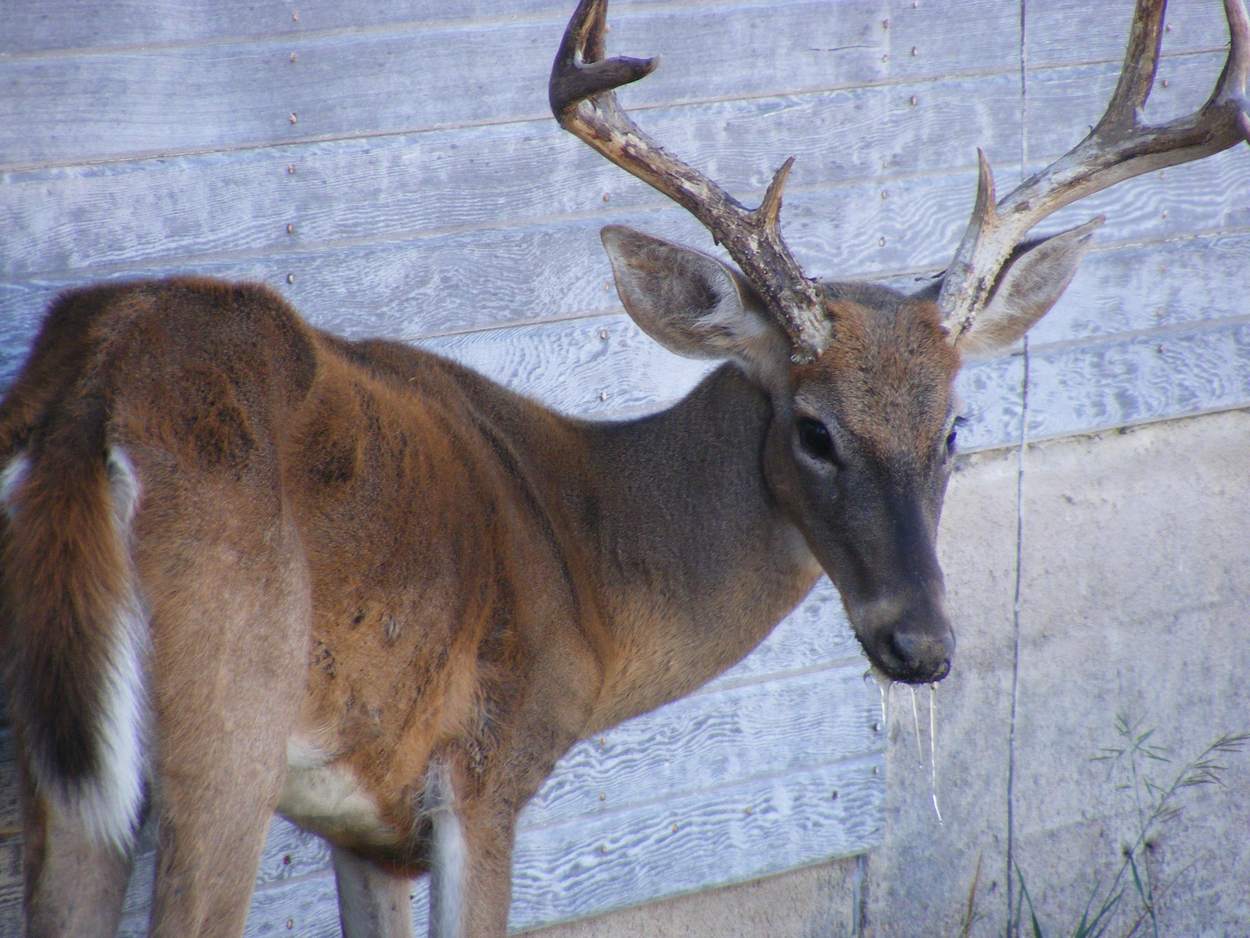
CWD Sampling Based on Risk
The sampling strategy for the 2015-16 hunting season is being refined to target CWD disease risk levels within the state’s 33 unique Resource Management Units (RMU). These RMUs are wildlife conservation areas that TPWD uses for all other deer management decisions. Criteria for establishing risk levels include factors such as deer density, susceptible species importation history, proximity to a CWD-positive site, etc.
Sampling goals will rely upon hunter harvest submissions ranging from 60 to 433 (lowest to highest risk) deer for each RMU, and if biologists can achieve these goals, will result in excess of 7,000 samples. TPWD will also specifically target sampling/testing efforts within a 5-mile radius around the CWD index facility in Medina County to determine the prevalence and geographic extent of the deer disease in that specific area.
“In the wake of our increased concern about CWD in Texas we are ramping up our sampling effort statewide,” said Mitch Lockwood, TPWD Big Game Program Director. “We will be collecting samples from deer and elk, and other cervid species, in every county where deer hunting occurs.”
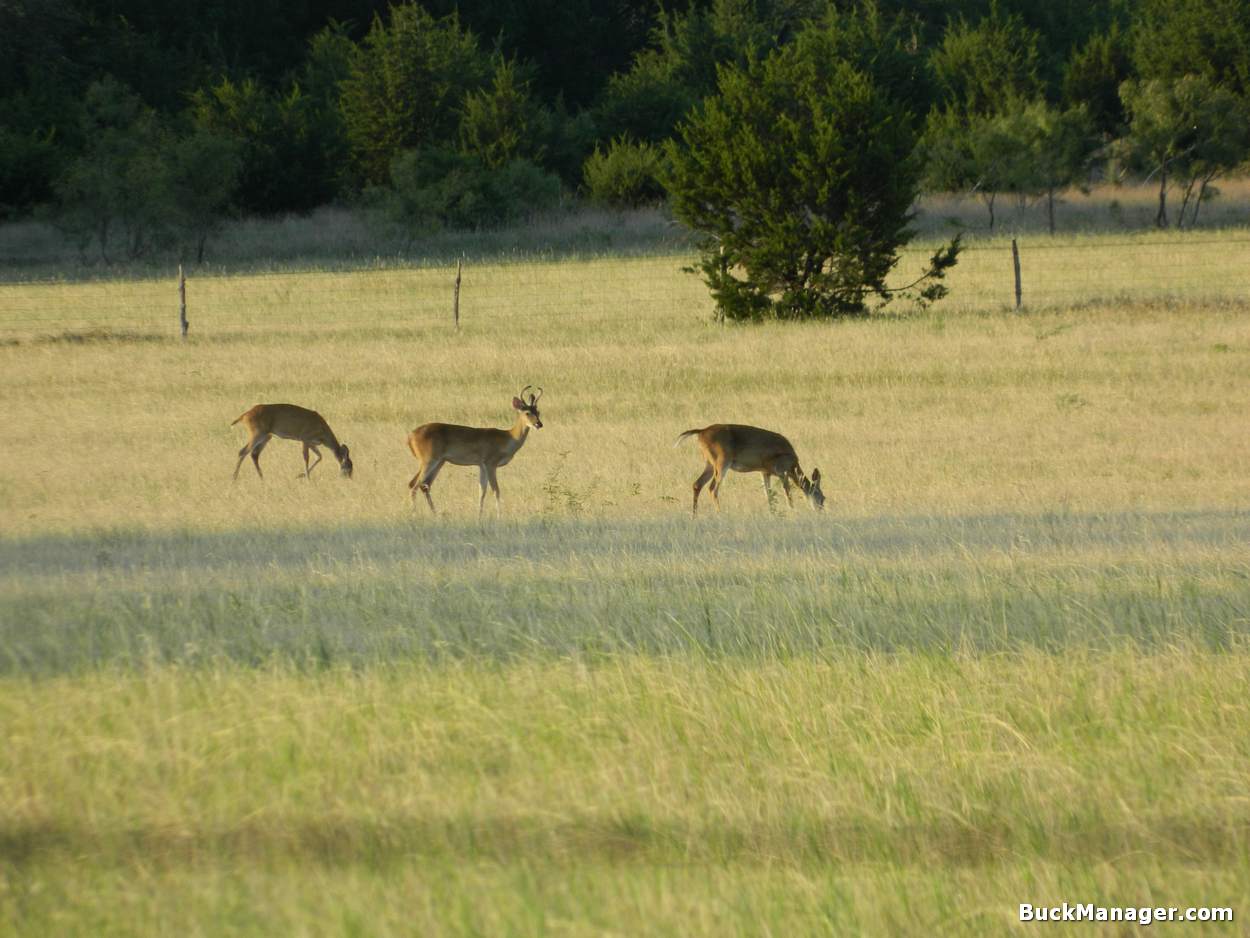
How to Get Deer Tested
Hunters wishing to submit CWD samples from harvested mule and white-tailed deer for testing should contact the local TPWD biologist for the county. Biologists will provide information on how to get deer tested for CWD. In addition, biologists will provide a CWD sample receipt hunters can use to track test results online. TPWD anticipates test results could take 3-4 weeks to process.
In some cases, biologists may request to retain the entire deer head for later sample collection; a resource document will be given to the hunter as proof of sex in those instances. More information about the disease, CWD testing of harvested deer, safe carcass handling tips and deer processing precautions can be found here.
